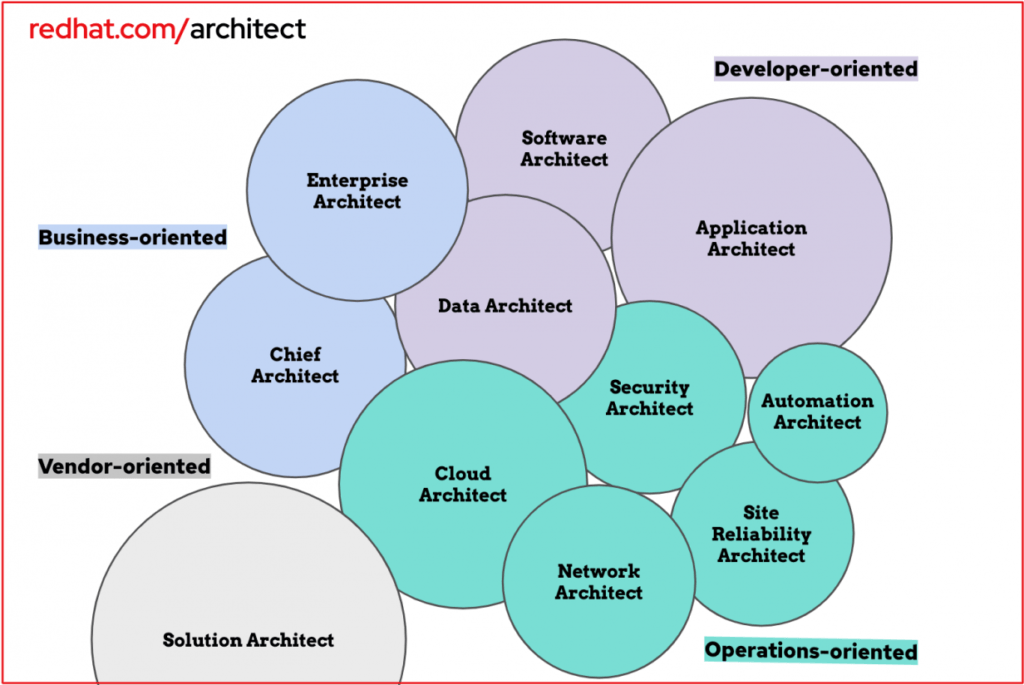There are many, many ways to induce panic in people, and, by no means will I be cluing you in to all the different ways you can succeed in sending me into a tail spin. However, if there is one thing that anyone can do that immediately has me at a loss for words and looking for the exit, it is to ask this one question: “What do you do for a living?”
It seems a fairly straight-forward question, and one that should have a relatively straight forward answer. If I said “I am a pilot,” then it can be assumed that I fly airplanes in one form or another. It might lead to a conversation about the different types of planes I fly, whether it’s cargo or people, etc. However, answering “I am a software architect” usually leads to one of two responses:
- “Oh..”, followed by a blank stare from the asker and an immediate topic change.
- “What’s that?”, followed by a blank stare from me as I try to encapsulate my various functions in a way that does not involve twelve Powerpoint slides and a scheduled break.
In social situations, or, at the very least, the social situations in which I am involved, being asked what I do is usually an immediate buzz kill. While I am sure people are interested in what I do, there is no generic answer. And the specific answers are typically so dull and boring that people lose interest quickly.
Every so often, though, I run across someone in the field, and the conversation turns more technical. Questions around favorite technology stacks, innovate work in CI/CD pipelines, or some sexy new machine learning algorithms are discussed. But for most, describing the types of IT Architects out there is confusing because, well, even we have trouble with it.
IT Architect Types
Redhat has a great post on the different types of IT architects. They outline different endpoints of the software spectrum and how different roles can be assigned based on these endpoints. From those endpoints they illustrate the different roles an architect can play, color-coordinated to the different orientations along the software spectrum.

However, only the largest of companies can afford to confine their architects to a single circle in this diagram, and many of us where one or more “role hats” as we progress through our daily work.
My architecture work to this point has been primarily developer-oriented. While I have experimented in some of operations-oriented areas, my knowledge and understanding lies primarily in the application realm. Prior to my transfer to an architecture role, I was an engineering manager. This previous role exposed me to much more of the business side of things, and my typical frustrations today are more about what we as architects can and should be doing to support the business side of things.
So what do I do?
In all honesty, I used to just say “software developer” or “software engineer.” Those titles are usually more generally understood, and I can be very generic about it. But as I work to progress in my own career, the need for me to be able to articulate my current position (and desired future positions) becomes critical.
Today, I try to phrase my answers around being a leader in delivering software that helps customers do their job better. It is usually not as technical, and therefore not as boring, but does drive home the responsibilities of my position as a leader.
How that answer translates to a cookout, well, that always remains to be seen.